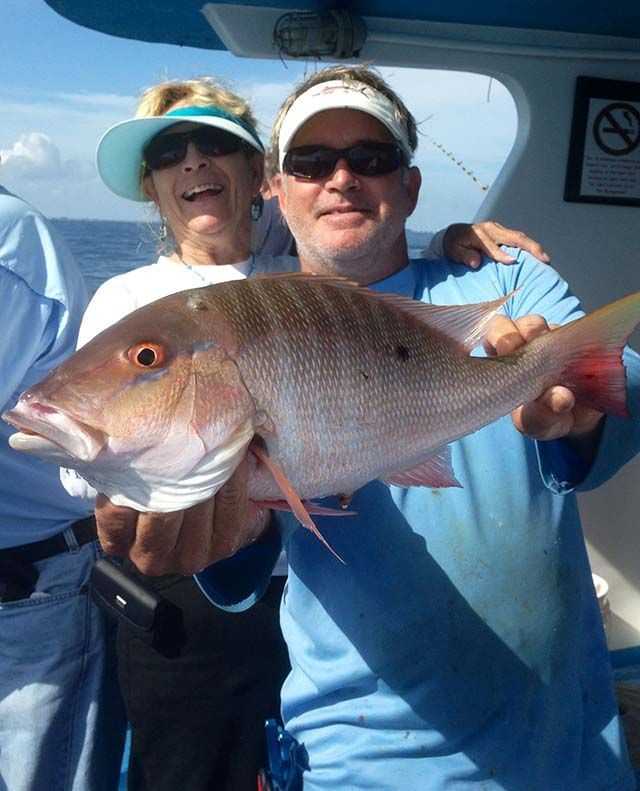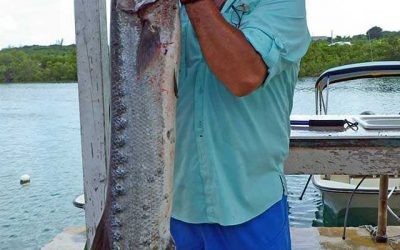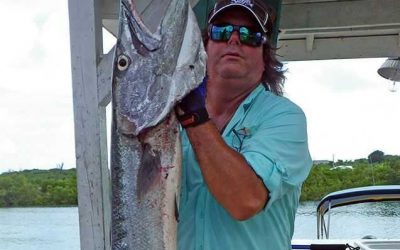
[dropcap]T[/dropcap]he dynamics of March fishing will be multi-layered and bountiful as snapper, cobia, and king mackerel will continue to be the main fish targets for near coastal anglers offshore the Treasure Coast this month. Winter weather will rule during early March and slowly transition to spring conditions of the Vernal Equinox (which is March 20 at 6:45 p.m. EDT).
“Lions and lambs” will once again meet on this offshore, wind weather field, as aggressive and fresh, winter winds will slowly blend to a tamer, spring breeze during the latter half of the month.
Reefs and wrecks, just east to northeast (between 3 to 4 nautical miles) of the St. Lucie Inlet will be the “go to” area for salty “groceries” for the above mentioned target species. Dozens of artificial and some naturally occurring reefs are located in this fishing area and its proximity to our inlet makes for a tidy and efficient recreational, fishing expedition (especially for outboard boats on marginal weather days). The short distance of these spots also allows anglers with a busy schedule to go out for a few hours to get the “fish snagging” job done in a reasonable amount of time. Lane snapper can be found in large numbers among the reefs found throughout this near shore zone in depths of 50 to 60 feet of water. Mangrove and mutton snapper also enjoy posting up in this environment, and will fall prey to a variety of cut baits, from squid and grunts to sardines and ballyhoo (just to name a few), presented on or near the bottom using light (20- to 30-pound) to medium (50-pound.) tackle. Single leader snapper rigs or double hook (“chicken rigs”) will prove to be quite versatile in catching all species of snapper in the small to medium size range, even Cobia will eat a cut bait attached to one of these rigs. Catching large to jumbo snapper will require a good bit more finesse in terminal tackle assembly and will be characterized by a long leader 20- to 50-feet away from the lead (sinker). Dead baits, like Spanish sardines and ballyhoo, free or flat-lined on or in the surface of the water column will produce bites from king mackerel on top of the same reefs. Spinning or open-face reels spooled with 20- to 30-pound line are best for most surface presentations and can be deployed, then fished in a rod holder (as a “dead stick”) while one actively fishes a bottom rod for snapper and other species. Versatility and simplicity for near shore fishing adventures will be key components towards success for the anglers of March.

